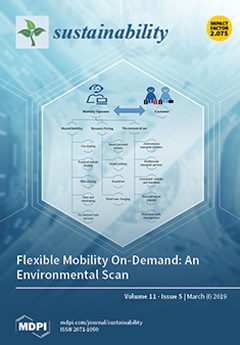Agroecology as a Practice-Based Tool for Peacebuilding in Fragile Environments? Three Stories from Rural Zimbabwe
Three case studies are presented, drawing on
primary data from participatory action research with farming communities
in Zimbabwe that also consider the differential attitudes and
experiences of agroecological and conventional farmers. The study finds
that, where agroecological farmers were exposed to more plural ways of
thinking, being and acting together, levels of autonomy from coercive
structures were increasing, as were both a sense of efficacy and
optimism to effect social–ecological change. In these cases,
agroecological farmers were increasingly able to envisage a future
together shaped by collective endeavour, evidenced by changing attitudes
and relationships with one another and their environment. The paper
explores the extent to which farmers in each location were able to
instrumentalise resilience and agency for everyday peace, and the
variances found according to historical context and local power dynamics
that represent barriers to change.












